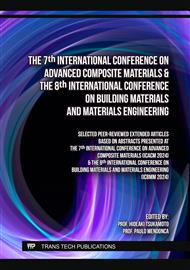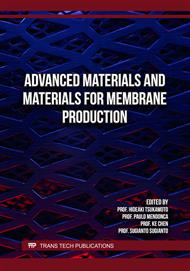p.43
p.51
p.57
p.67
p.73
p.81
p.87
p.93
p.101
Adobe Block Design with Addition of Fiberglass to Improve the Compression Resistance in the District of Saylla, Province and Department of Cusco
Abstract:
This article discusses improving the low compression resistance of adobe houses in Saylla, Cusco, by incorporating fiberglass. It reviews studies employing synthetic materials and suggests adobe blocks with varying proportions of fiberglass. These adobe blocks to be studied will be produced in a traditional, regulated manner, with the addition of fiberglass at 0.10%, 0.50%, and 1.00%. Three samples of each type will be tested for reliable results. Compression tests show that traditional adobe fails to meet standards, while regulated adobe with fiberglass significantly enhances resistance. Adding 1.00% fiberglass results in a 123.20% increase in compression strength, reaching 1.634 MPa. The study concludes that fiberglass effectively strengthens adobe, providing practical applications for sustainable construction in Saylla, Cusco.
Info:
Periodical:
Pages:
73-79
Citation:
Online since:
December 2024
Price:
Сopyright:
© 2024 Trans Tech Publications Ltd. All Rights Reserved
Share:
Citation:



